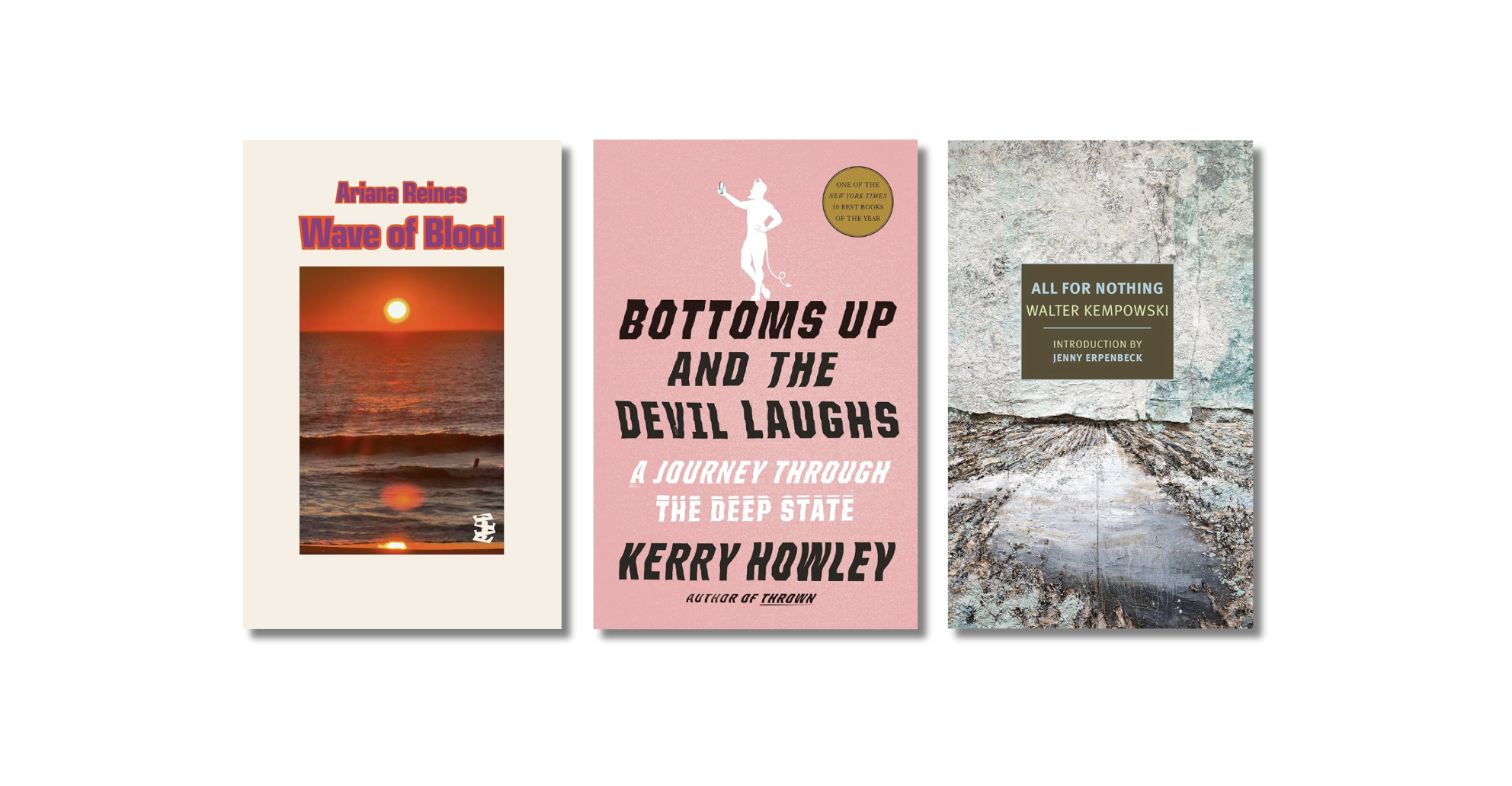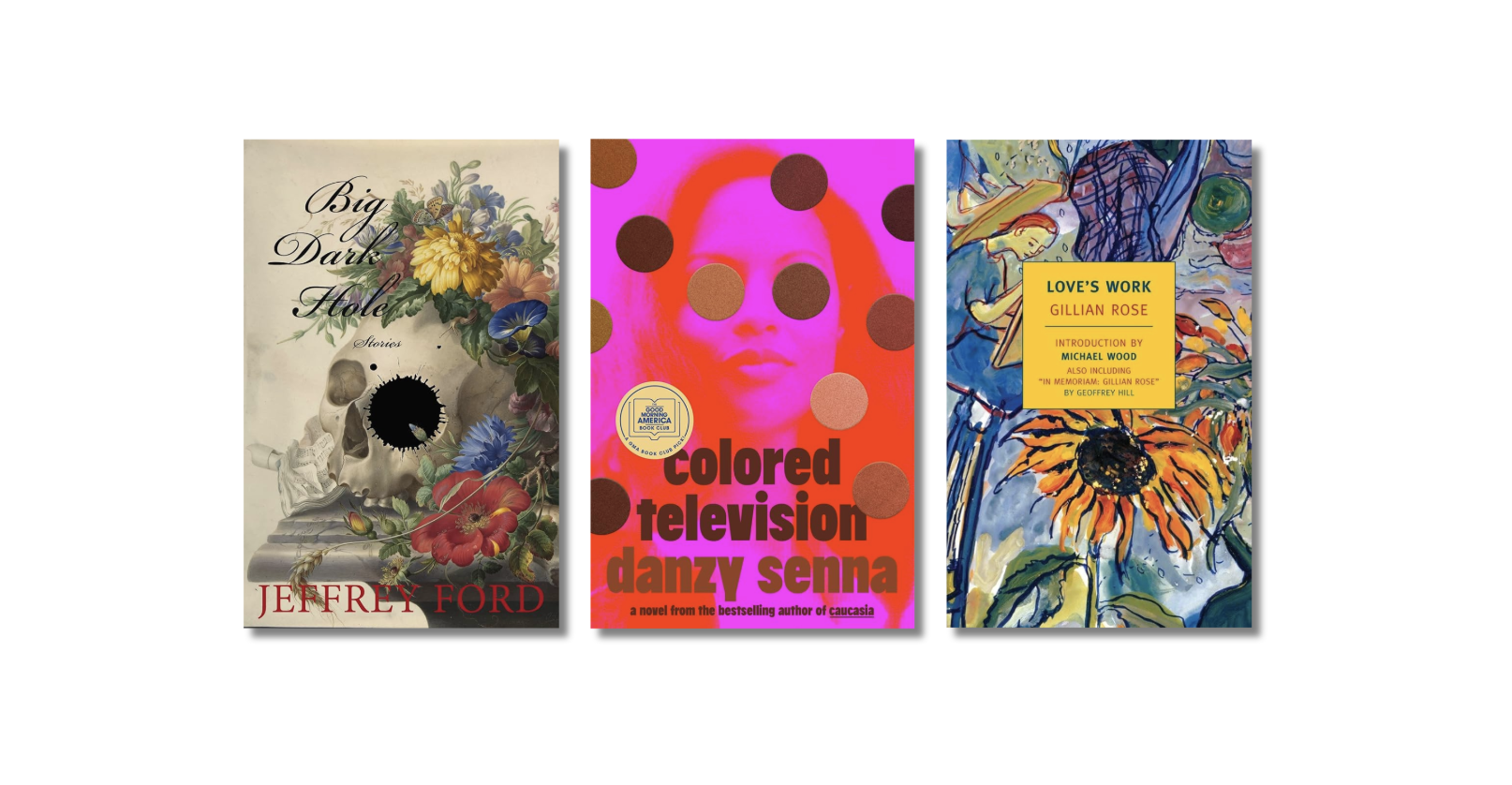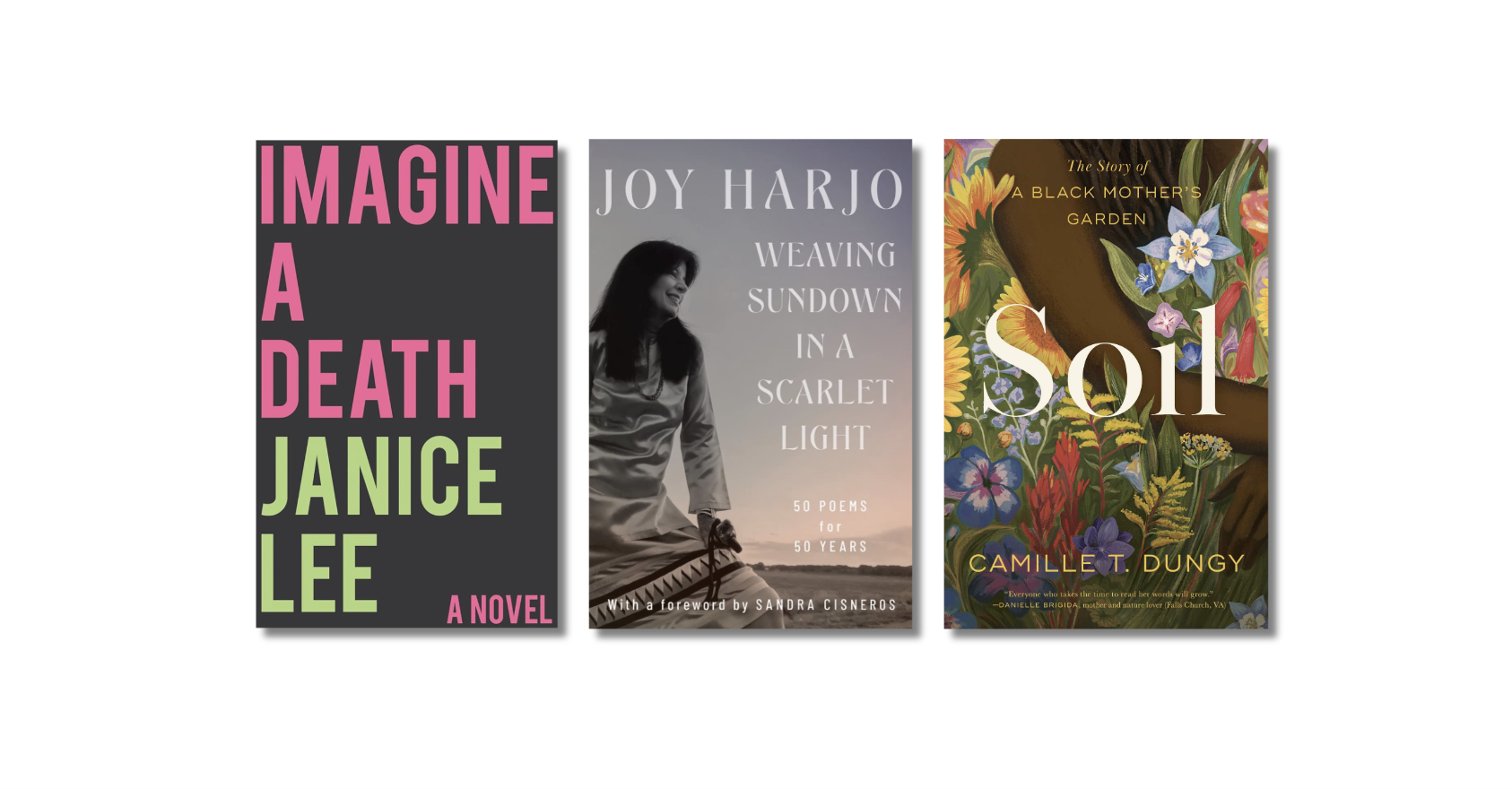Several years ago I started cataloging the fiction published in The New Yorker in a spreadsheet. The spreadsheet began merely as a way to keep track of what I’d read, but I soon became curious about what the spreadsheet’s data-sorting capabilities could reveal. I added details like the gender of the authors, their nationality, and the number of times they’d been published in the magazine.
I began reading New Yorker fiction fastidiously in 2003, the spreadsheet’s original first year of data. But this year I went back and added in 2001 and 2002 as well, bringing this year’s spreadsheet to a full ten years. If you’d like to tinker with it yourself, you can find it here.
To me, the most notable thing about this year’s crop of fiction is how American it was. Of the 54 stories the magazine published, 36 were written by Americans. That’s around 66 percent, significantly higher than the overall ten-year average of 53 percent. Much of this increase stems from the New Yorker’s “20 Under 40” project, in which they selected twenty writers to represent the future of American fiction. That project in itself indicates a key part of the magazine’s ambition: to cultivate and shape an American literary culture.
The New Yorker is uniquely positioned to do so. No other magazine in the country (or even in the world, I would venture) publishes as many stories for a readership as large as The New Yorker’s. Back when reading short fiction was a more widely popular form of entertainment, there were multiple mass-audience venues for writers to publish in. Now, essentially, there’s the New Yorker and there’s everyone else—a few monthlies like Harper’s, and then the ever-burgeoning market of university-affiliated and independent literary magazines whose comparatively small readership does not deter the hopeful from filling their slush piles.
It’s tempting to see these smaller magazines as a sort of farm system and the New Yorker as the big leagues, but of course there are great writers who have never been published in the magazine, and there are plenty of New Yorker stories that fail to move me at all.
It’s hard work to make a story come alive, to show the reader a new world, or put the reader convincingly into the mind of a disturbing character, or make the reader care about a moment of moral choice, or simply observe human beings with great perceptiveness. The people who devote their lives to the creation of such things need encouragement and support. On a very practical level, the New Yorker helps cultivate an American literary culture by offering a kind of brass ring for writers to dream of grabbing. Of course, it also pays good money for stories.
The New Yorker’s support has, for example helped to sustain the career of Alice Munro, a fantastically good writer whose entire output has, essentially, been in the short story form, which typically does not provide great financial remuneration. Here’s what Munro herself said about the magazine:
Selling to The New Yorker made the whole business of being a short-story writer valid in a way, because I still had these recurring fits of I must give this up and write a novel. And then, afterward, I didn’t have as many of them, I didn’t have the same urgency, I didn’t any longer think of myself as a writer who had halted at some, you know, intermediate stage of development. And I became content with doing stories.
he magazine’s showcasing of short fiction helps support the genre itself and, for me at least, increases the pleasures of that genre. I find that I enjoy an Alice Munro story (or one by George Saunders or Steven Millhauser or Louise Erdrich) more when it stands alone in a magazine, framed like a work of art in a museum, instead of collected in a book with ten or twelve others, or even, sometimes, as part of a novel.
Looking at the stats, one might gripe about the recurrence of certain names. There are certain writers that I could do with less of, but over a ten-year period it’s hard to complain about getting to read seventeen Alice Munro stories, twelve by T. Coraghessan Boyle, or nine by George Saunders.
Each year, the New Yorker presents its readers with a gigantic anthology of fiction, dribbled out at the rate of about one story a week. Many subscribers, I suspect, read little of that anthology. Others read it religiously. For a few years I read the entire thing; lately I’ve been getting to about half of it. In any case, my spreadsheet offers something like a table of contents to that ongoing and often quite rewarding anthology which, like all anthologies, represents a vision of literary history and a statement of literary value.
With ten years of data compiled, we can get some hard info on the New Yorker’s tendencies when publishing fiction.
Frequency:
The first thing we always look at is if the New Yorker is bringing new writers into the mix or sticking with its old standbys. The “20 Under 40” project this year helped skew things toward newer names this year. Still, Just 10 writers account for 114 (or 22%) of the 514 stories to appear over the last ten years. Just 28 writers account for 215 (or 42%) of the stories. The New Yorker is sometimes criticized for featuring the same writers again and again, but it appears to be getting better on this front. The 28 “standbys” noted above and listed below accounted for only 13 of the 54 stories published in 2009 (or 24%). On the flip side of this argument, 17 writers appeared in the New Yorker for the first time in 2010 (at least since 2001).
Gender:
Of the 514 stories in the New Yorker from 2001 through 2010, 184 or 35.8% were penned by women. 2010 was 37% female.
Nationality:
As noted above, New Yorker fiction artificially skewed American in 2010, but overall over the last ten years, 54% of the sories in the magazine have been penned by Americans. Coming in second are the Brits at 43 stories and in third the Irish at 34 stories.
Returning to the frequency question, below are all the writers who have appeared in the New Yorker at least five times over the last ten years. These are the superstars of New Yorker fiction (stars indicate the number of stories, if any, they had in the New Yorker in 2010.):
17:
- Alice Munro*
14:
- William Trevor
8:
- T. Coraghessan Boyle*
- Haruki Murakami
11:
- John Updike
- Tessa Hadley*
10:
- Louise Erdrich*
9:
- George Saunders*
- Roddy Doyle*
8:
- Roberto Bolaño**
7:
- Jonathan Lethem
- Annie Proulx
- Antonya Nelson
- E. L. Doctorow**
6:
- Aleksandar Hemon
- Charles D’Ambrosio
- David Means**
- Julian Barnes
- Thomas McGuane
5:
- Ann Beattie
- Jhumpa Lahiri
- Edward P. Jones
- Jonathan Franzen*
- Lara Vapnyar
- Joyce Carol Oates*
- Marisa Silver
- Tobias Wolff
- Yiyun Li*









